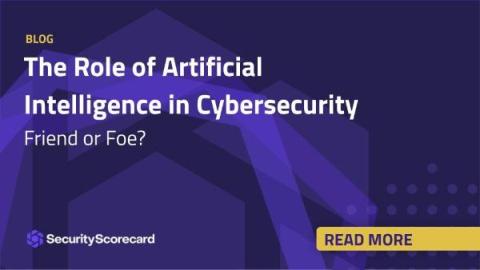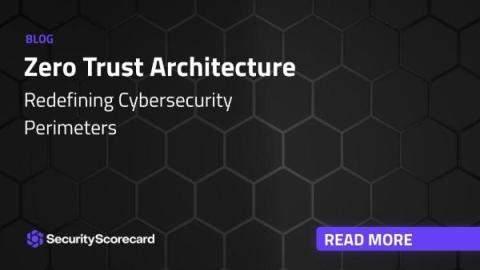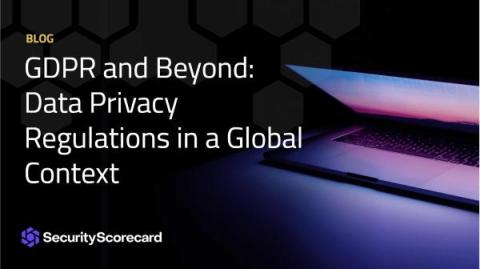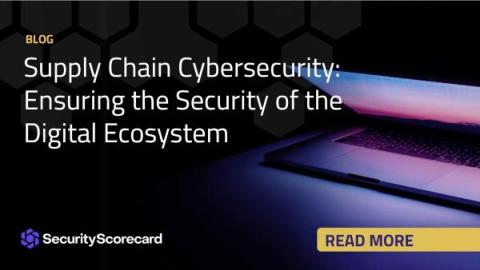How to Manage the Rise of Insider Threats
Modern businesses are constantly adapting to external cyber threats, investing heavily in firewalls, antivirus software, and other defensive measures. However, a growing concern that often flies under the radar is the rise of insider threats. These threats emanate from within an organization, posing a significant risk to sensitive data, intellectual property, and the overall security posture.





























